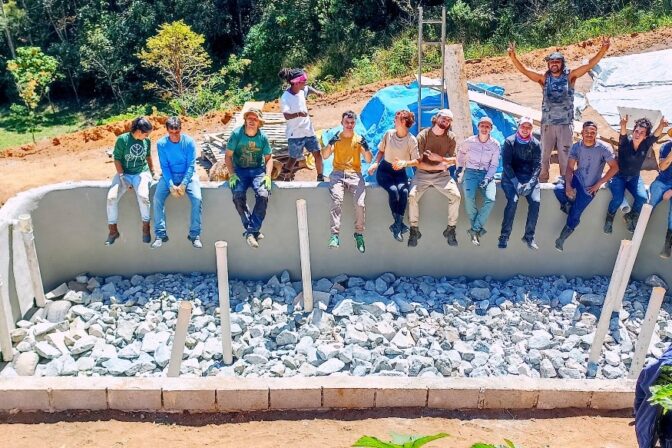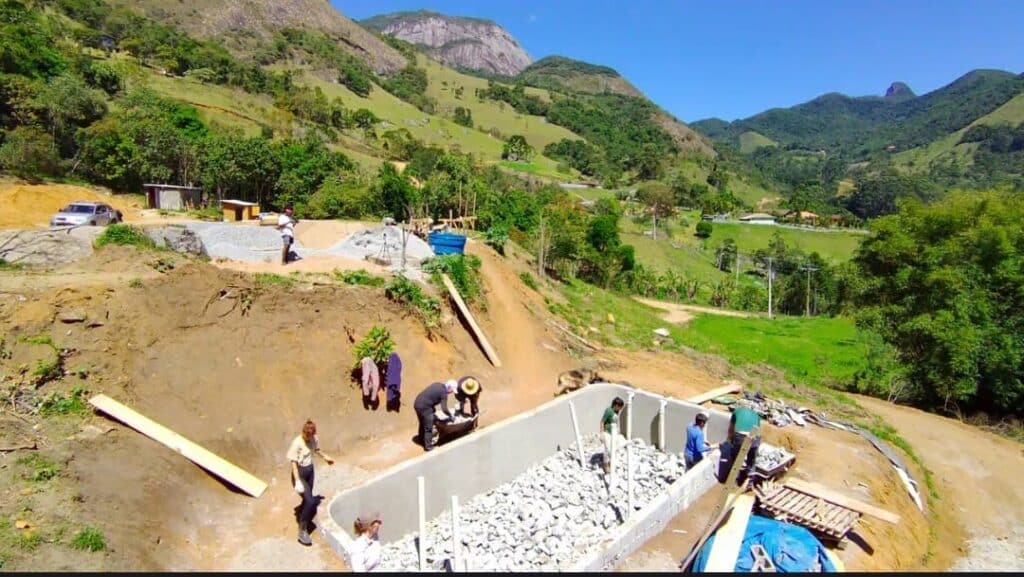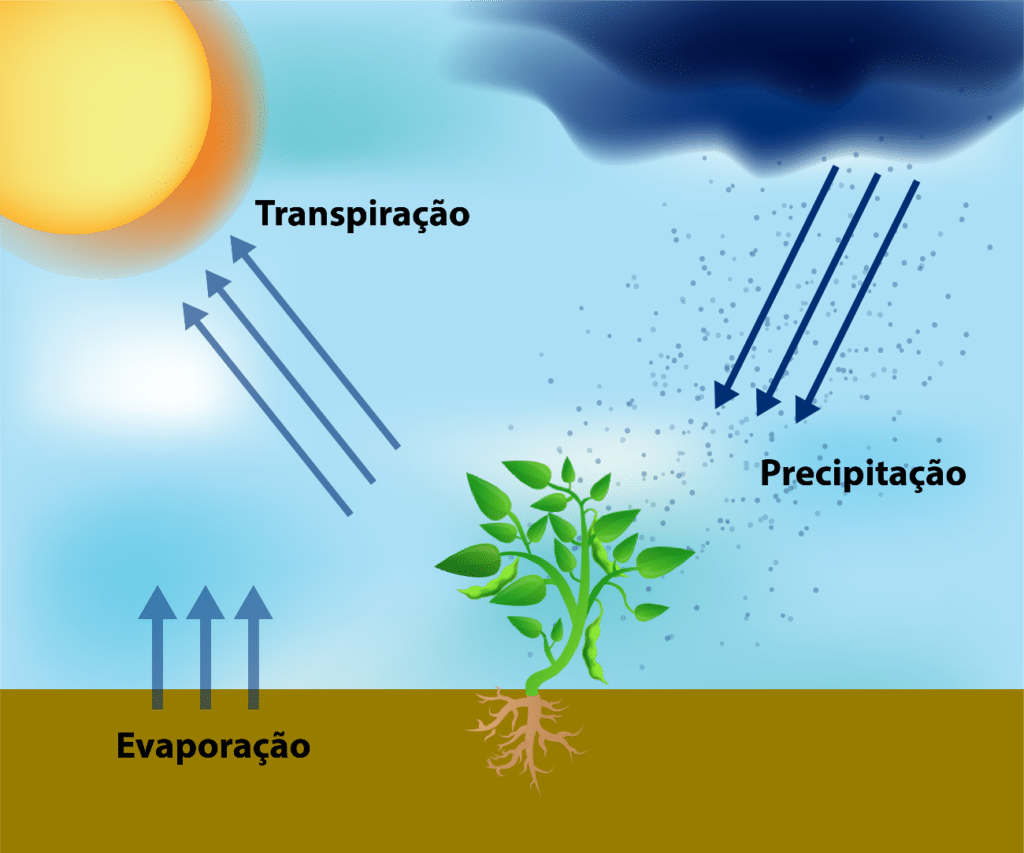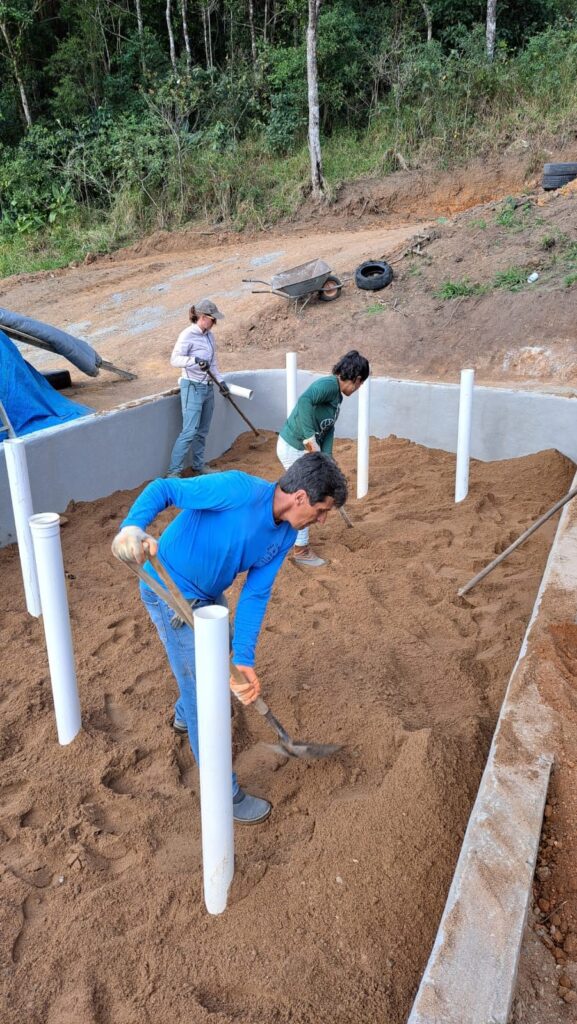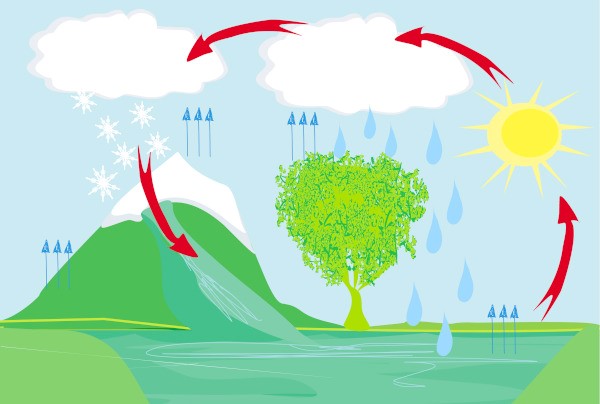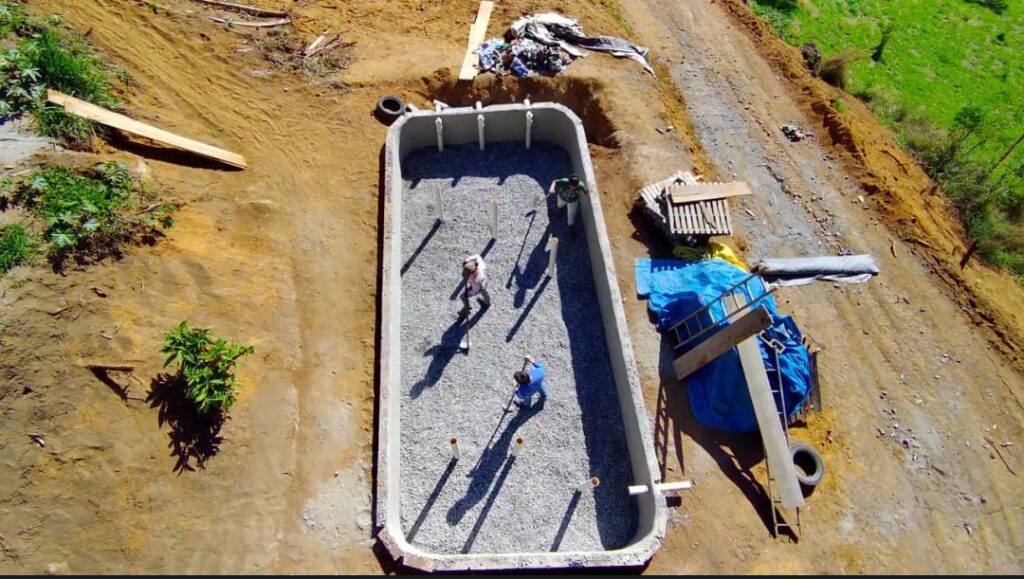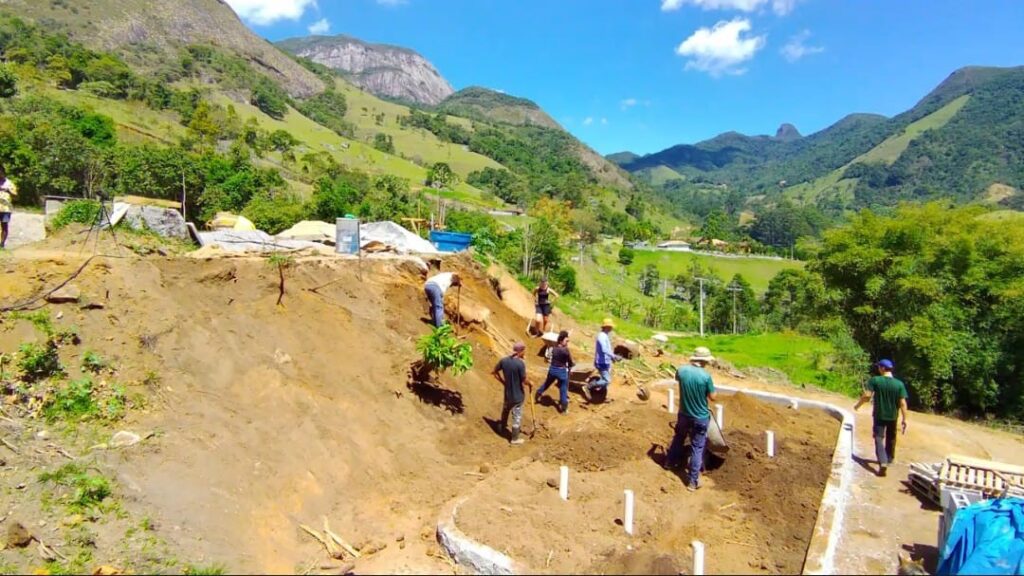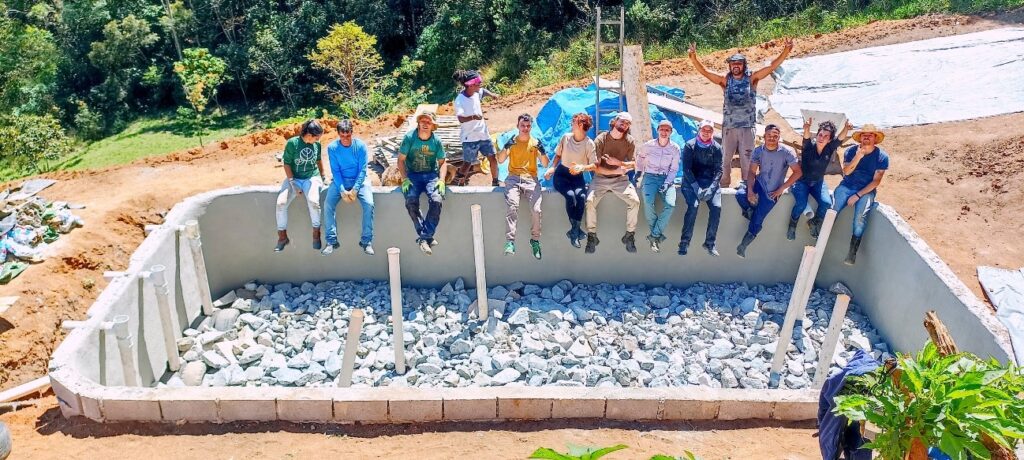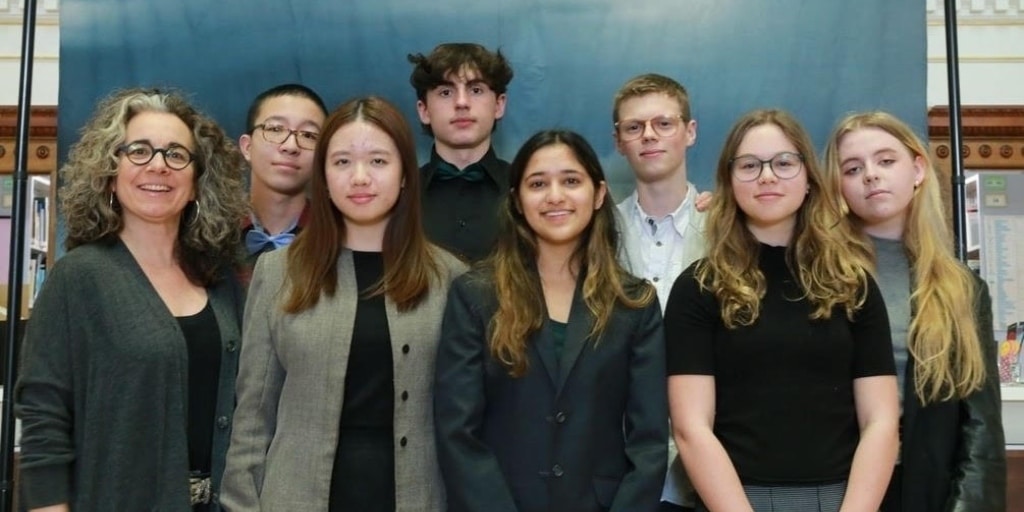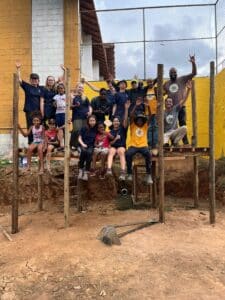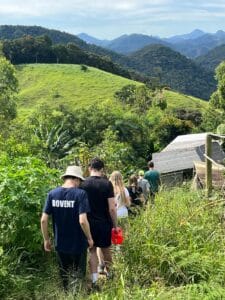What is an evapotranspiration basin? It is a wastewater treatment system that uses plants and soil to remove impurities and purify water. Also known as constructed wetland or floating root zone, however, it mimics the natural water filtration and purification processes that occur in swamps and wetlands.
Evapotranspiration is the sum of the processes of evaporation and transpiration.

How does Evapotranspiration occur in the basin?
It occurs when water is transferred to the atmosphere from surface water movements, processes known as evaporation and transpiration. Evapotranspiration depends on these two distinct processes, as they occur simultaneously on the Earth’s surface.
In general, it can be measured in millimeters per day (mm/day) with vegetated water tanks. One millimeter means transferring one liter of water available from the soil into the atmosphere for each square meter of the surface.
In short, evapotranspiration depends on several factors, such as soil management, use and humidity, climatic conditions, due to the incidence of solar radiation and temperature, and characteristics of the vegetation in question. It can be divided into actual, potential, reference evapotranspiration and crop evapotranspiration.
Processes that make up an evapotranspiration basin
Evaporation and Transpiration
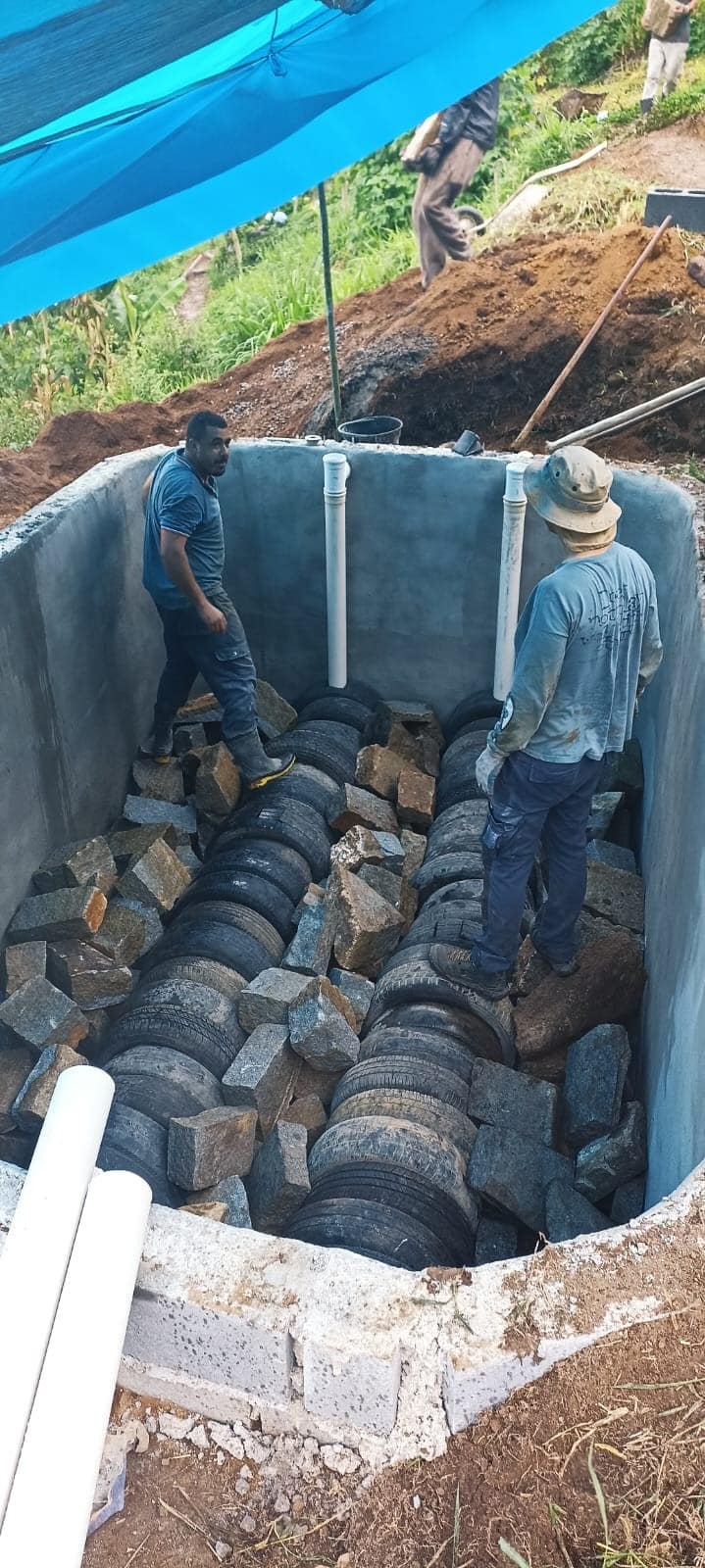 Evaporation is a physical process of phase change, which occurs from the liquid state to the gaseous state of water.
Evaporation is a physical process of phase change, which occurs from the liquid state to the gaseous state of water.
It occurs in oceans, lakes, rivers, soils and vegetation. It is worth mentioning that evaporation is an endothermic transformation. This means that it absorbs heat during its occurrence.
Transpiration is a biophysical process in which a plant expels excess water through its leaves. The process of transferring the water used in the plant’s metabolism to the atmosphere occurs through the stomata and the cuticle.
Stomata are located in the epidermis of the leaves, generally in their lower part. These structures have the ability to open and close, allowing the exchange of gases with the environment and the escape of steam.
On the other hand, the cuticle that covers the leaves can be considered waterproof. Thus, there is only a small loss of water into the atmosphere.
Evapotranspiration in arid environments
In arid environments it can be a challenging process due to the lack of humidity and the scarcity of available water. However, even in arid environments, evapotranspiration still occurs, albeit at lower rates than in wetter areas.
Evapotranspiration is the combination of evaporation of water from the soil and transpiration from plants. In arid environments, evaporation is more significant than transpiration, due to the lack of vegetation and low soil moisture.
Evaporation occurs when water in the ground turns to vapor due to solar energy and heat. In arid environments, lack of soil moisture and high temperature can result in faster evaporation.
In arid environments, plant transpiration also occurs, although on a smaller scale due to the lack of vegetation. Plants in arid environments often have special adaptations to conserve water, to reduce water loss through transpiration.
Understanding these processes in arid environments is fundamental to the sustainable management of water resources in these areas.
What are the types of evapotranspiration?
Actual or current (ET): The amount of water that is brought into the atmosphere by evaporation and transpiration, considering actual conditions, including the amount of water available in the soil and the atmospheric factors in effect.
Potential (ETp): Measure of the amount of water that is released into the atmosphere through the combined processes of evaporation and transpiration in a wide region covered by vegetation.
Reference (ETo): is a measure of the amount of water delivered to the atmosphere when there is high availability of water in the soil.
Oasis (ETO): is the process of evaporation and transpiration that occurs in a region of irrigated vegetation, delimited by a vast area of aridity.
Of the crop (ETc): refers to the evapotranspiration of a crop under ideal development conditions, without water restrictions.
What is the role of Evapotranspiration in Permaculture?
In permaculture, the role of evapotranspiration is crucial to the functioning of the system. Through the combined process of evaporation of water from the soil and transpiration of plants.
In permaculture, evapotranspiration plays several important roles:
-
Water cycle:
When water evaporates from the surface of the soil and plants, forming clouds and eventually returning to the earth as rain, this helps maintain the water balance of the permaculture system.
-
Temperature regulation:
When water evaporates from plants and soil, it removes heat from the environment, cooling it. This is especially important in hot climates, where evapotranspiration can help reduce temperatures and create a more comfortable environment for plants and living things.
-
Air humidity:
Increased by releasing water vapor into the atmosphere. This is beneficial for plants as it helps prevent drying out and dehydration. Furthermore, air humidity can attract pollinators and benefit biodiversity in the permaculture system.
-
Nutrients and water cycling:
It also facilitates nutrient cycling in the permaculture system. As water evaporates, nutrients dissolved in the water are transported to plants, where they are used for growth and development. When plants transpire, these nutrients are returned to the soil, enriching it and promoting fertility.
In summary…
Evapotranspiration plays a transformative role in permaculture, for the water cycle, regulating temperature, increasing air humidity and facilitating nutrient cycling. Understanding and harnessing this process is fundamental to the success of a sustainable permaculture system.
Research Source: https://www.saude.pr.gov.br/sites/default/arquivos_restritos/files/documento/2020-04/baciadeevotranspiracaobet.pdf
